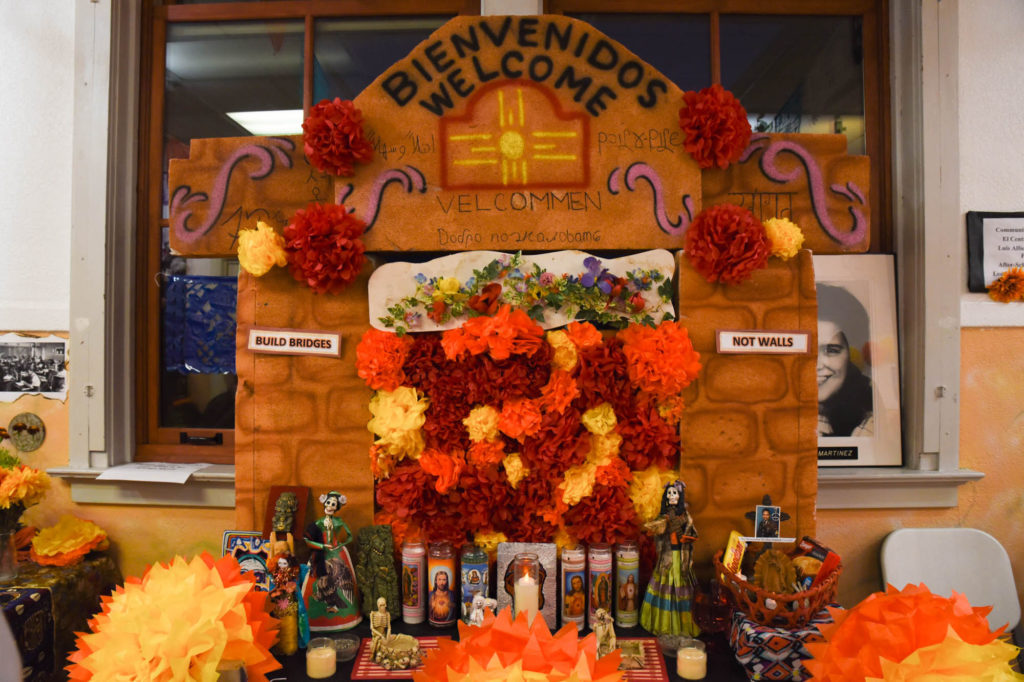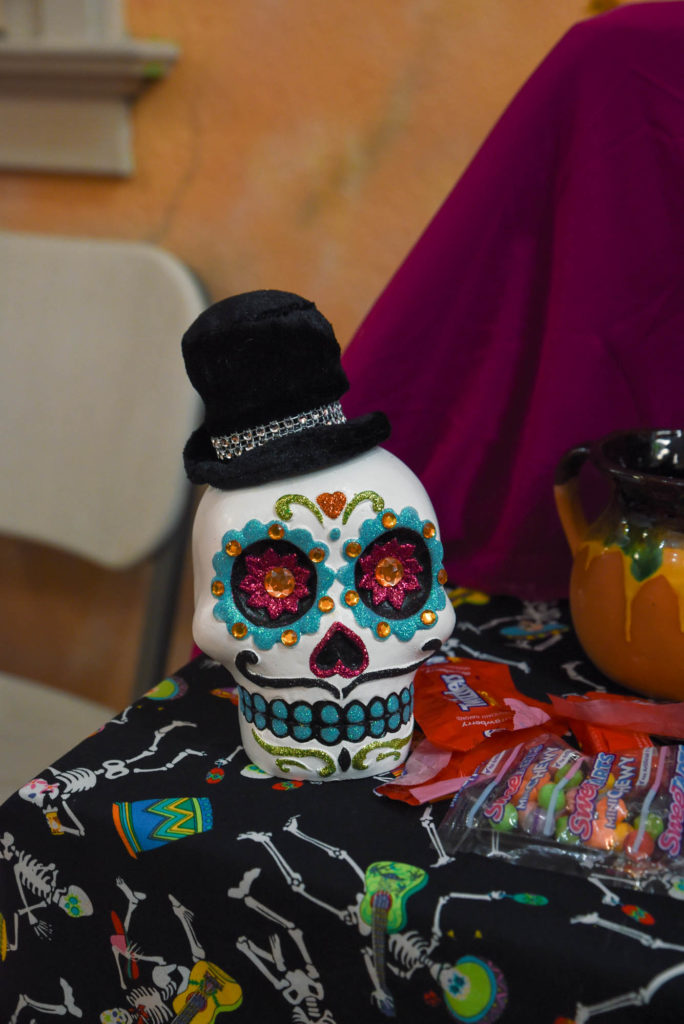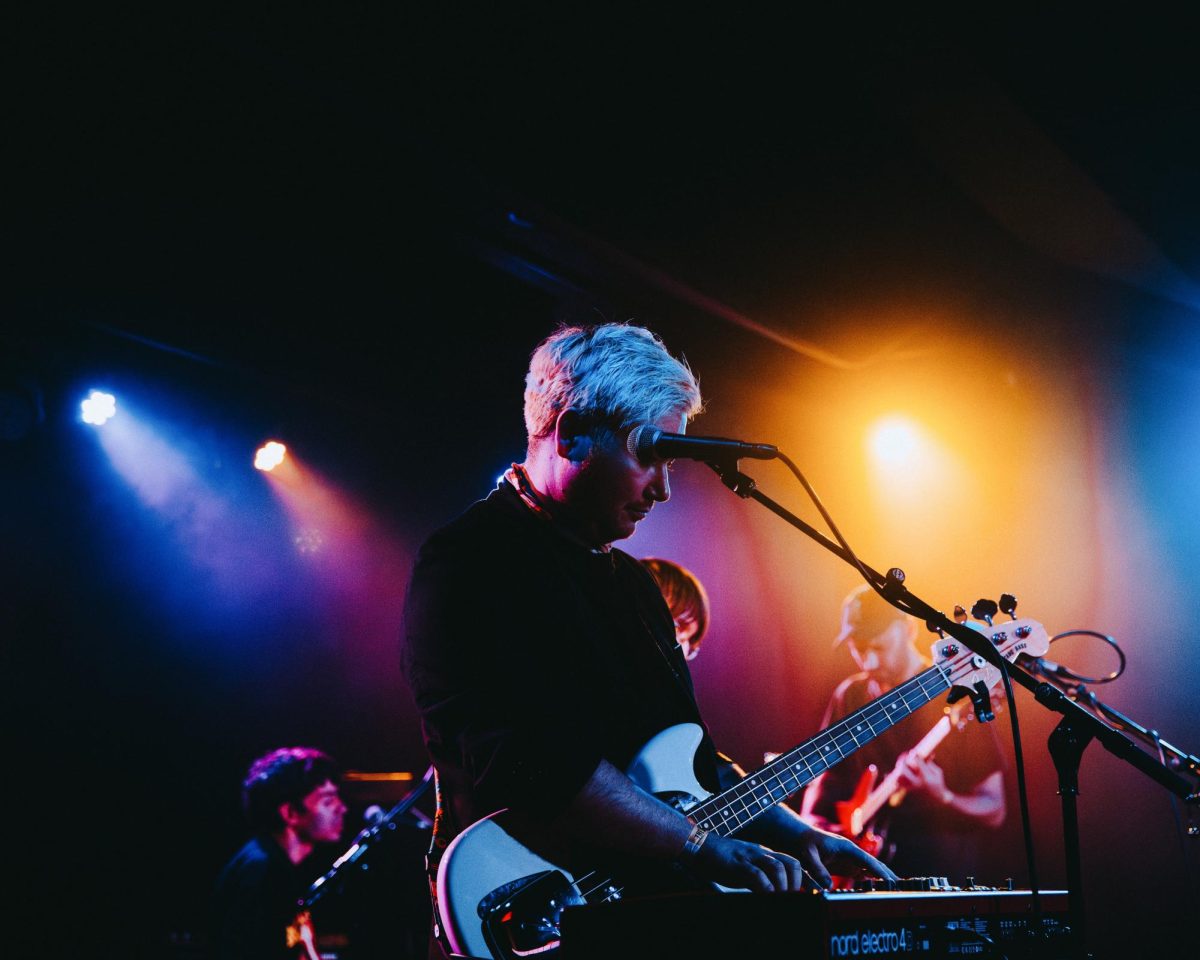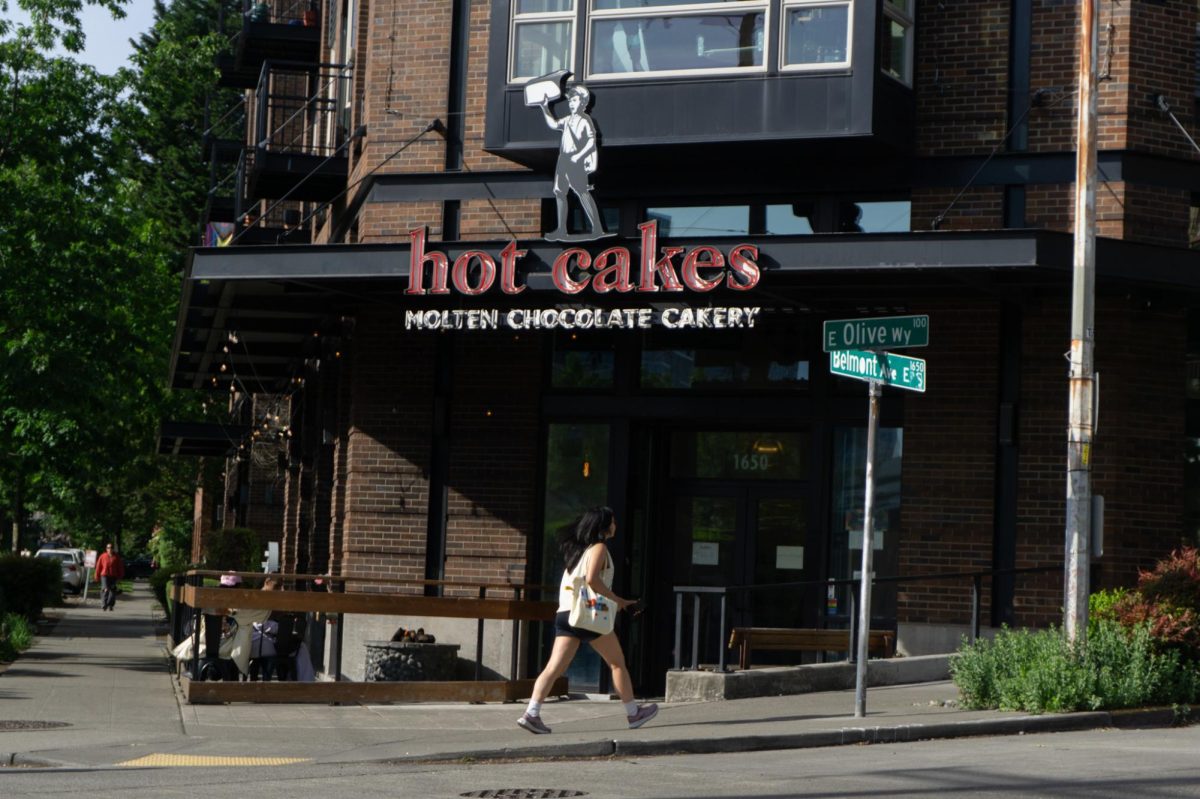“Now more than ever we must come together and raise our collective consciousness,” Roxana Amaral said in both English and Spanish. Amaral was the Master of Ceremonies for the 13th annual Dia de los Muertos Celebration Nov. 2 at El Centro de la Raza.
Along with the dancing, food and performances, the day was filled with discussions on politics, human rights and justice for marginalized communities. The theme of the celebration was “building bridges not walls,” or “construyendo puentes no paredes.”

One of the many set up alters of rememberance for the 13th Annual Dia de los Muertos Exhibit Opening Night.
The performance hall was packed with people snacking on pan de muerto y chocolate (bread of the dead and hot chocolate). In an adjoining room, there were several artists who were selling arts and crafts. One particularly colorful table contained everything from wallets with llamas on them to multicolor hats. The woman standing by the display shared that her parents in Peru had made all of the items she was selling.
Vibrantly clad members of Salsa N Seattle performed a spin on traditional salsa dancing, including moves from Michael Jackson’s Thriller. A group of young girls with white flowing dresses and painted faces were a crowd favorite; faces in the crowd lit up with smiles as the youngsters showed off their moves.
In an adjacent building, there was a hallway lined with altars decorated with bowls of food, bread, photographs, toys and a variety of other offerings.
Pily Del Riego, a junior Marine and Conservation Biology major at Seattle University, explained the tradition of the altars.
“In my culture, we believe that after you die, you come to these stairs,” Del Riego said. “The idea is that the people who have passed away come back on the day of the dead to drink the water and food that you left for them on the altar. We leave things that they used to love when they were alive so that they can go back to the stairs and have more strength to gain forgiveness and proceed up the stairs to eventually get to heaven.”
The hallway filled with altars was bustling with people walking around and observing the variety of items on the altars. Several social justice organizations were standing by altars they had created, explaining their cause to visitors.

A sugar skull decoration on one of the alters of the Dia de los Muertos Exhibit.
One of these groups was De-Escalate Washington. Behind the altar was a tarp displaying the names of individuals killed by police nationwide. On the table, there were LED lights in vases, some of them with printouts of the faces of individuals such as Charleena Lyles, who was shot and killed by police this year in Seattle.
“The pictures of the people that you see with the candles are people who have been killed just in Washington State,” Sophia Keener, volunteer Outreach Coordinator with De-Escalate Washington, said. “When I first pulled the list, we had 33 individuals who had been murdered, but I had to go back to the store and get another vase because two days ago, we had a 34th. We are also still in the process of writing names on these banners, because the list updates everyday.”
Members of a local Seattle branch of Amnesty International attended to another altar. Amnesty International is a movement that campaigns to end human rights abuses. Their altar was titled “We Are Defending the Land with our Blood,” dedicated to murdered environmental activists in Latin America.
The 13th annual Dia De Los Muertos celebration ranged from lighthearted dancing and snacks to intense discussions on social injustices. The event served to show community members a cultural tradition as well as attempting to bring folks together to fight against the injustices in the world by building bridges, not walls.
“If you remember anything from tonight’s celebration, let it be that when we are in a crisis, the people of the world must rush to get to know each other,” Roxana Amaral said. “On this Dia de los Muertos celebration, we honor those who struggle for the poor, the environment and justice for all. We must do everything in our power to defend our immigrant communities and the most vulnerable people in our society.”
Bailee may be reached at
bclark@su-spectator.com








